#crown princess victoria of prussia
Explore tagged Tumblr posts
Text

Rare photo of King Edward VII (Prince of Wales at the time) and Empress Victoria of Germany (Princess Royal), 1900
This photo was taken while Victoria was battling breast cancer
Source: valevictorian on Instagram
#king edward vii#Prince of wales#empress victoria of germany#Victoria Princess Royal#prince Edward#crown princess victoria of prussia#british royal family#brf#prussian royal family#1900#Germany#victorian era
61 notes
·
View notes
Text
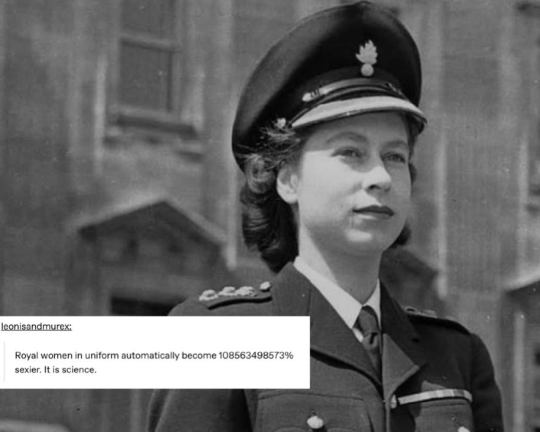

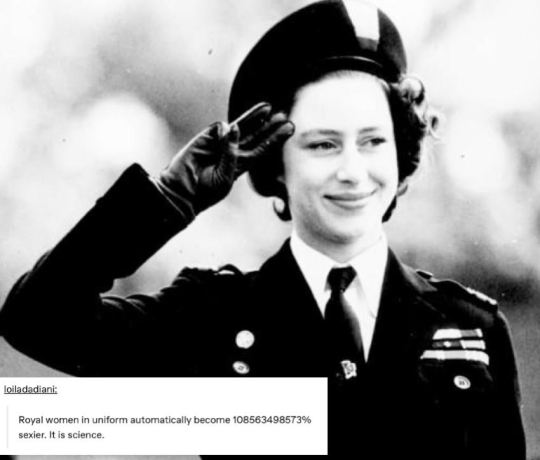
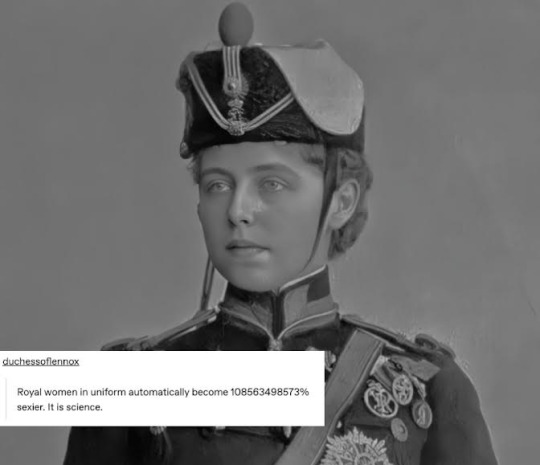

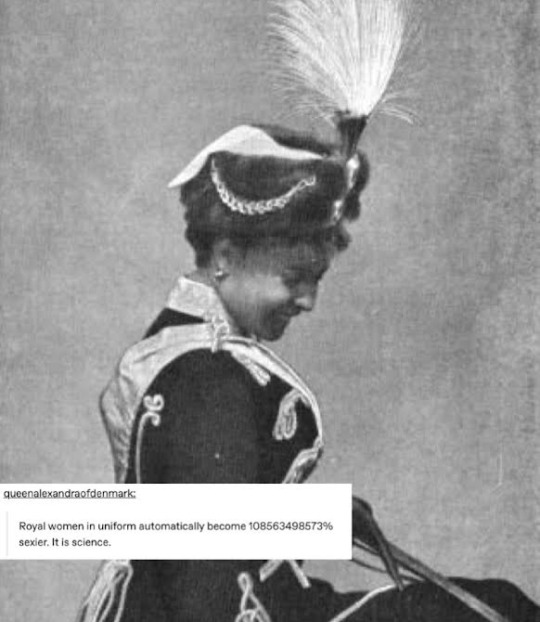
royal women + text post memes ✨💗
(thanks friends who participated!)
#hehehehehehehhe#thank u @duchessofvolterra for inspiring this post! 💖#queen elizabeth ii#princess anne#princess royal#princess margaret#queen marie of romania#crown princess marie of romania#princess Elisabeth#duchess of brabant#victoria princess royal#empress victoria of germany#crown princess victoria of prussia#royal women
106 notes
·
View notes
Text

Princess Alice, Grand Duchess of Hesse (1843-1878)
Artist: Joseph Hartmann (German, 1812-1885)
Date: 1879
Medium: OIl on canvas
Collection: Royal Trust Collection, United Kingdom
Description
Princess Alice (1843-78) was the third child and second daughter of Queen Victoria and Prince Albert. Known for her sweet nature, she often took on the role of peacekeeper in the royal household. The marriage of her older sister, Princess Victoria, in 1858 left Alice as the eldest daughter at home, and the Queen and Prince Albert both turned to her for company. In a popular edition of Alice's letters to the Queen, published in 1885, Princess Helena, her sister, described her as ‘loving Daughter and Sister, the devoted Wife and Mother, and a perfect, true Woman’. In 1862 she married Louis IV, Grand Duke of Hesse.
In this portrait the Princess appears in evening dress with the badges of the Orders of Victoria and Albert, the Crown of India, and Louise of Prussia.
#portrait#princess alice#grand duchess of hesse#british royal family#half length#evening dress#badges of the orders of victoria and albert#crown of india#crown of louise of prussia#brooch#pearl necklace#pearl earrings#collar#german art#painting#oil on canvas#german painter#fine art#oil painting#european art#british history#house of hesse#house of windsor#joseph hartmann#19th century painting#royal collection trust
31 notes
·
View notes
Text
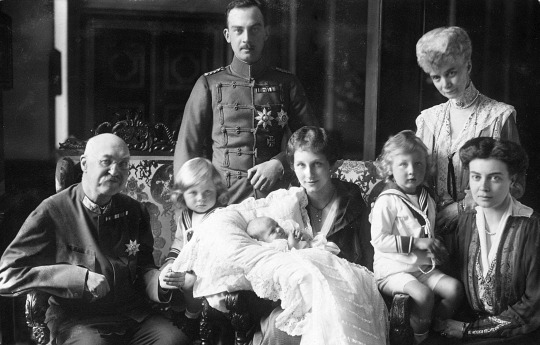
Crown Prince Ernst August, Duke of Cumberland; Prince Georg Wilhelm of Hanover, Ernst August, Duke of Braunschweig and his wife, Princess Victoria Luise of Prussia holding baby Princess Friederike (later Queen of Greece); Prince Ernst August of Hanover; Crown Princess Thyra, Duchess of Cumberland and Princess Olga of Hanover. ❦
#prince ernst august#Princess Victoria Louise#Prince Georg Wilhelm of Hanover#crown Princess thyra of Hanover#crown Prince Ernst August of Hanover#Princess Olga of Hanover#history#royal#royalty#prussia#germany#Hanover#queen frederica
2 notes
·
View notes
Text

Crown Prince Wilhelm of Prussia with his sister Victoria Louise, Duchess of Brunswick and her husband Ernest August, Duke of Brunswick
#crown prince wilhelm of prussia#princess victoria louise of germany#ernest august duke of brunswick#german imperial family#prussian royal family#hanoverian royal family#house of hohenzollern#house of hanover
9 notes
·
View notes
Text
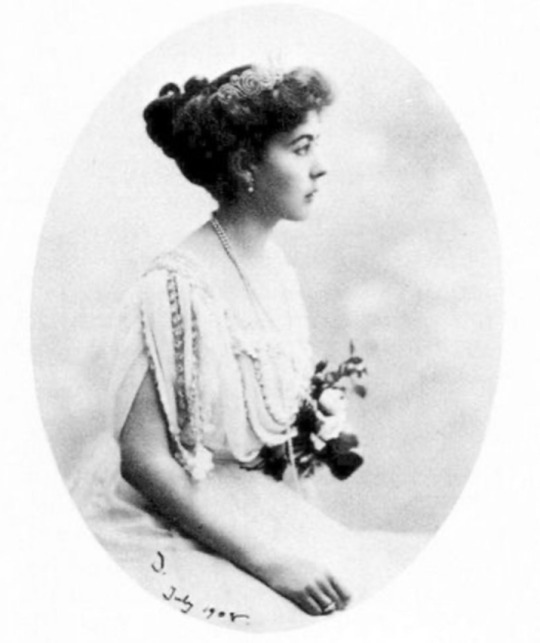


BORN ON THIS DAY:
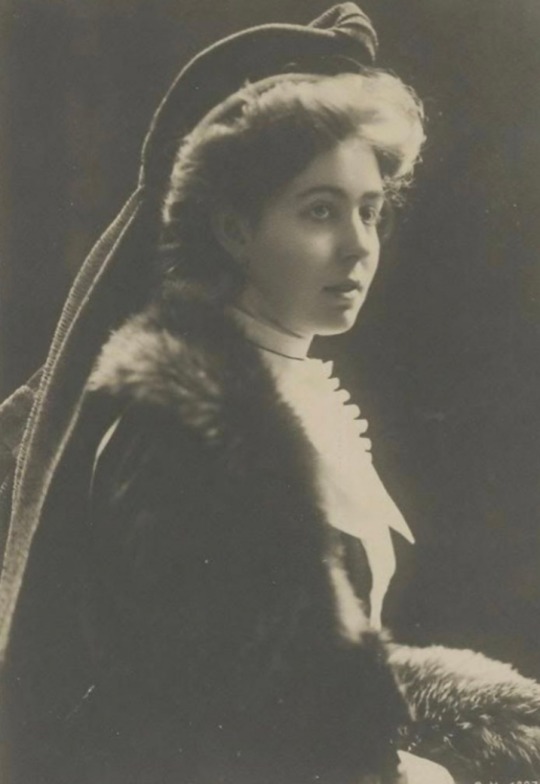
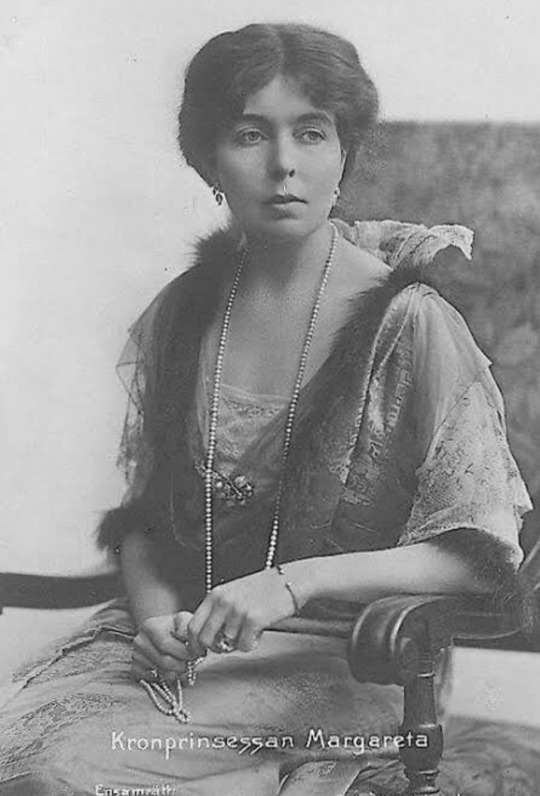
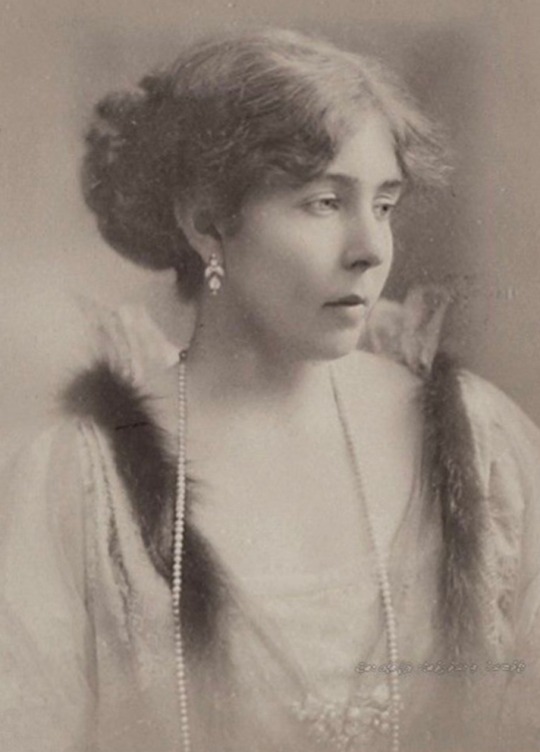
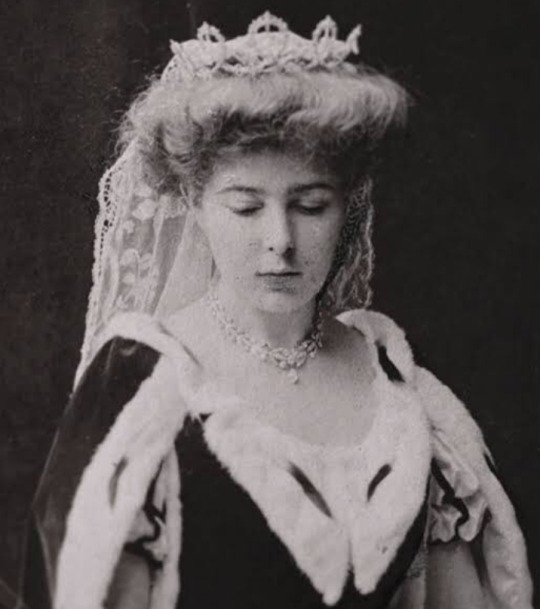
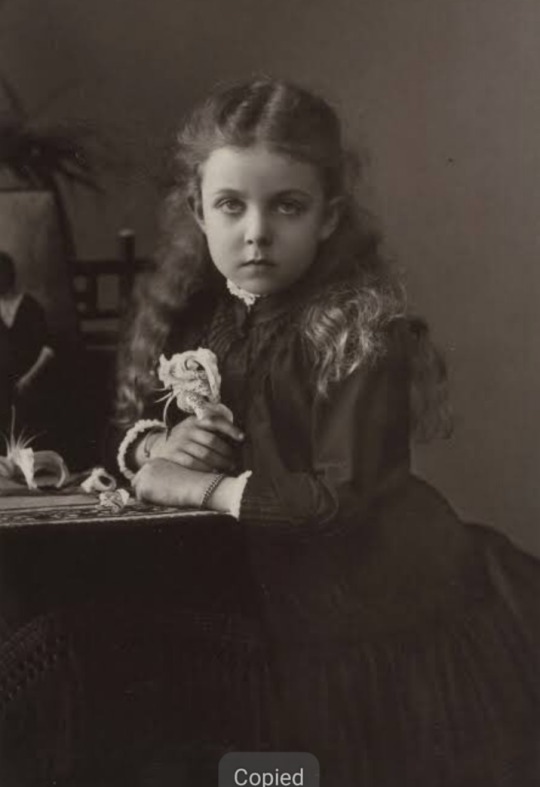
Princess Margaret of Connaught (Margaret Victoria Charlotte Augusta Norah; 15 January 1882 – 1 May 1920) was Crown Princess of Sweden as the first wife of the future King Gustaf VI Adolf.
She was the elder daughter of Prince Arthur, Duke of Connaught, third son of Queen Victoria of the United Kingdom and his wife, Princess Louise Margaret of Prussia.
Known in Sweden as Margareta, her marriage produced five children.
She was the grandmother of King Carl XVI Gustaf of Sweden, Queen Margrethe II of Denmark, and Queen Anne-Marie of Greece.
She died 30 years before her husband's accession to the throne of Sweden.
#Princess Margaret of Connaught#Crown Princess of Sweden#King Gustaf VI Adolf#Prince Arthur#Duke of Connaught#Queen Victoria#Princess Louise Margaret of Prussia#King Carl XVI Gustaf of Sweden#Queen Margrethe II of Denmark#Queen Anne-Marie of Greece#Swedish Royal Family#British Royal Family#Sweden#United Kingdom
0 notes
Photo
Princess Victoria Louise was the only daughter of Wilhelm II, the last Keiser of Prussia (one of her children was Frederica of Hanover, Queen of the Hellenes); Duchess Cecilie of Mecklenburg-Schwerin was the daughter of Frederick Francis III, Grand Duke of Mecklenburg -Schwerin and Grand Duchess Anastasia Mikhailovna Romanova. She became the last Crown Princess of Germany when she married the first son of Wilhelm II. Cecilie never reigned.




Sisters-in-law, Princess Victoria Louise of Prussia and German Crown Princess Cecilie, Crown Princess of Prussia
#russian history#romanov dynasty#german royalty#Crown Princess Cecilie of Germany#Princess Victoria Louise of Prussia#Grand Duke Frederick Francis III of Mecklenburg Schwerin#Grand Duchess Anastasia Mikhailovna#Emperor Wilhelm II
374 notes
·
View notes
Text
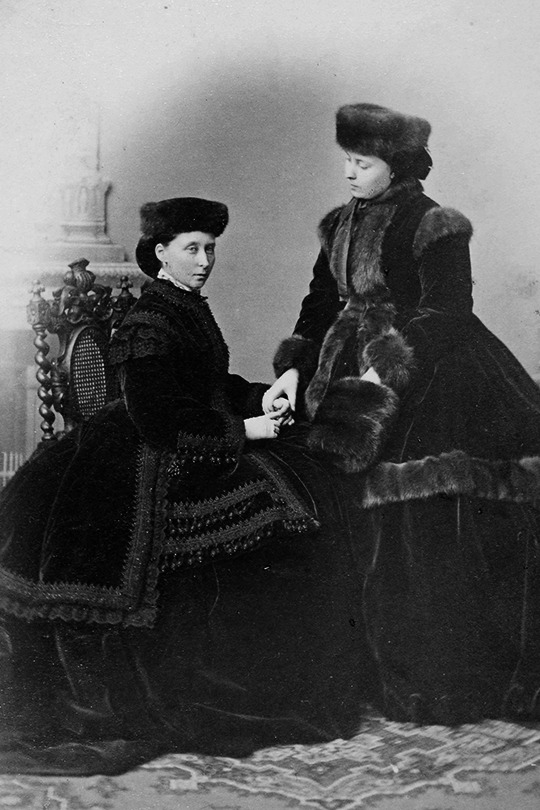
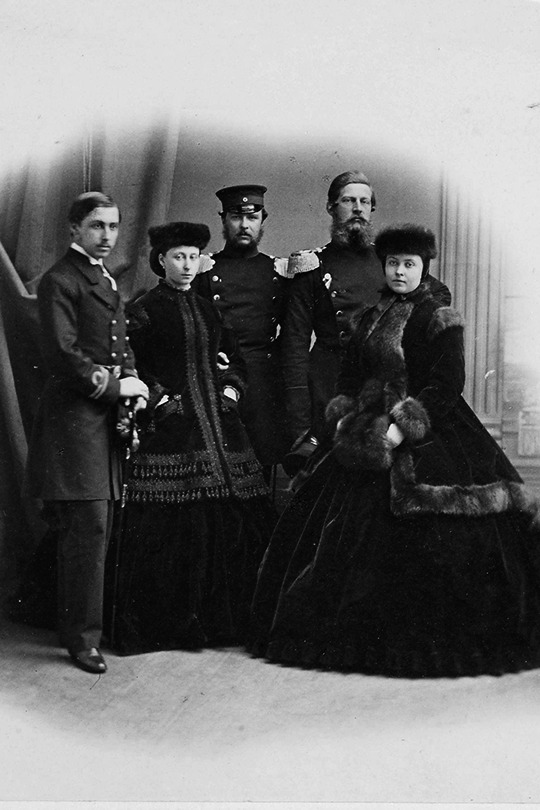

Princess Alice with her sister Victoria, Crown Princess of Prussia, Berlin, 1865.
Alice to Queen Victoria, Berlin, January 29, 1865 | The journey went off very well, and we are so happy to be here. Vicky and Fritz are kindness itself, and Vicky so dear, so loving! I feel it does me good, that there is a reflection of Papa's great mind in her. He loved her so much, and was so proud of her.
Alice to Queen Victoria, Berlin, February 4, 1865 | I have not been sight-seeing anywhere, as it is too cold for that. We drive in a shut carriage, and then walk in the Thiergarten. We spend the whole day together, which is a great enjoyment to me, and of an evening we go out together. It is pleasant to have a sister to go out with, and all the people are so kind and civil to us.
Alice to Queen Victoria, Berlin, February 14, 1965 | We leave next Saturday. I shall be so sorry to leave dear Vicky, for she is often so much alone. Fritz is really so excellent, it is a pleasure to look at his dear good face; and he is worked so hard - no health can stand it in the long run.
Alice to Queen Victoria, Berlin, 17 February 1865 | This will be my last letter from here, and I only regret leaving here on account of parting with dear Vicky and Fritz, whom we see so rarely, and usually but for a short time. I have spent such pleasant hours with dear Vicky: that is what I shall look back to with so much pleasure and satisfaction.
#princess alice#empress victoria#victoria princess royal#grand duchess of hesse#kaiser frederick iii#prince alfred#louis iv#hesse#prussia#*it is a pleasure to look at his dear good face*#same alice same#sigh#and when she says *no health can stand it in the long run*#i choked#the foreshadowing :'(
75 notes
·
View notes
Text
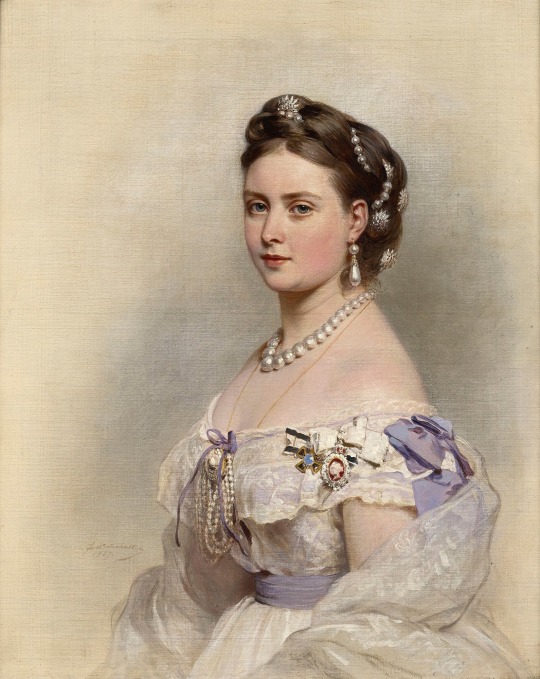

“I could not choose for a sister-in-law anyone I like better than Louise. She will make Arthur a most delightful wife. Each is the complement of the other, and I foresee that each will make the other supremely happy.”
—the German Crown Princess, (nee Victoria, Princess Royal) on the fiancée of her younger brother Prince Arthur: Princess Louise Margaret of Prussia.
@abigaaal
135 notes
·
View notes
Text
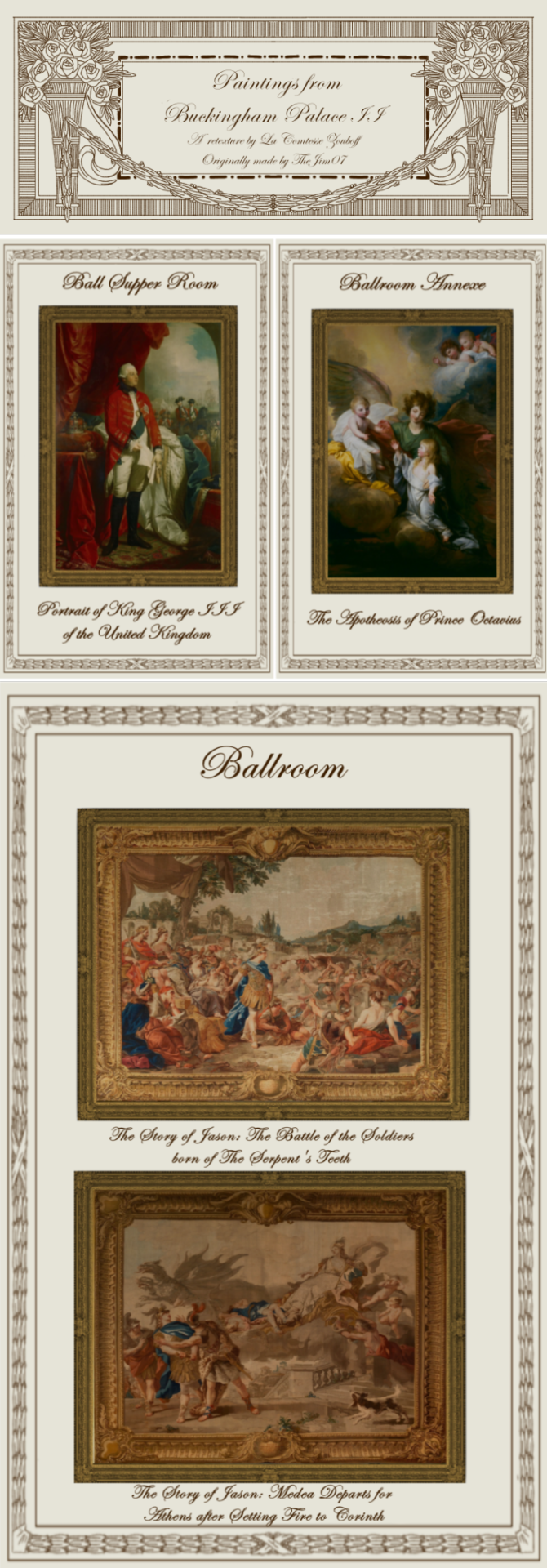
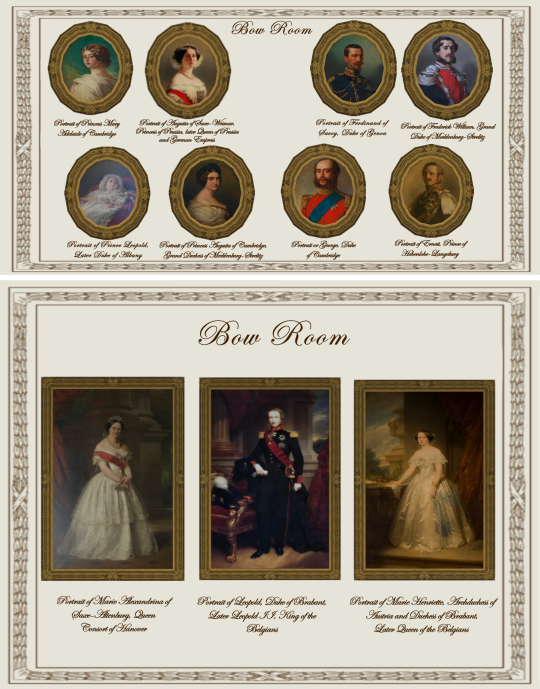
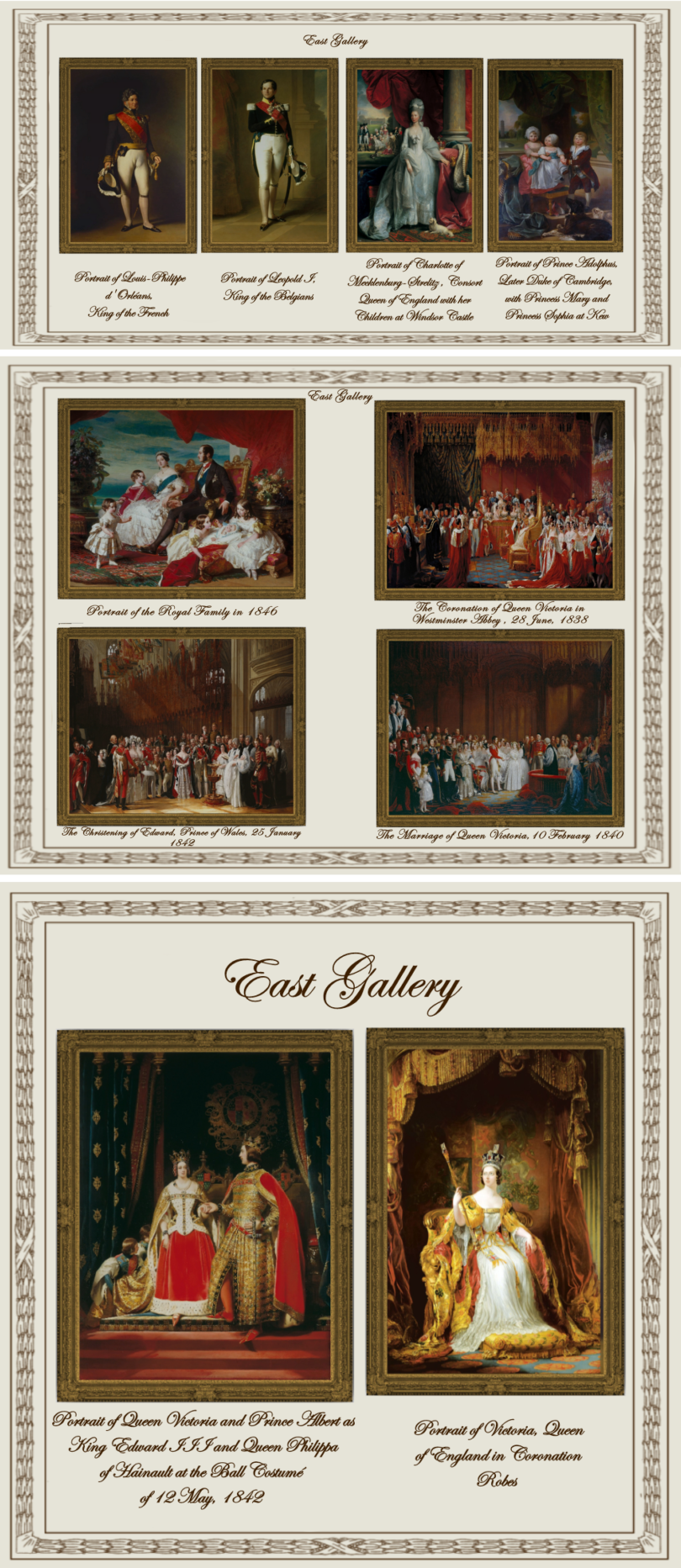
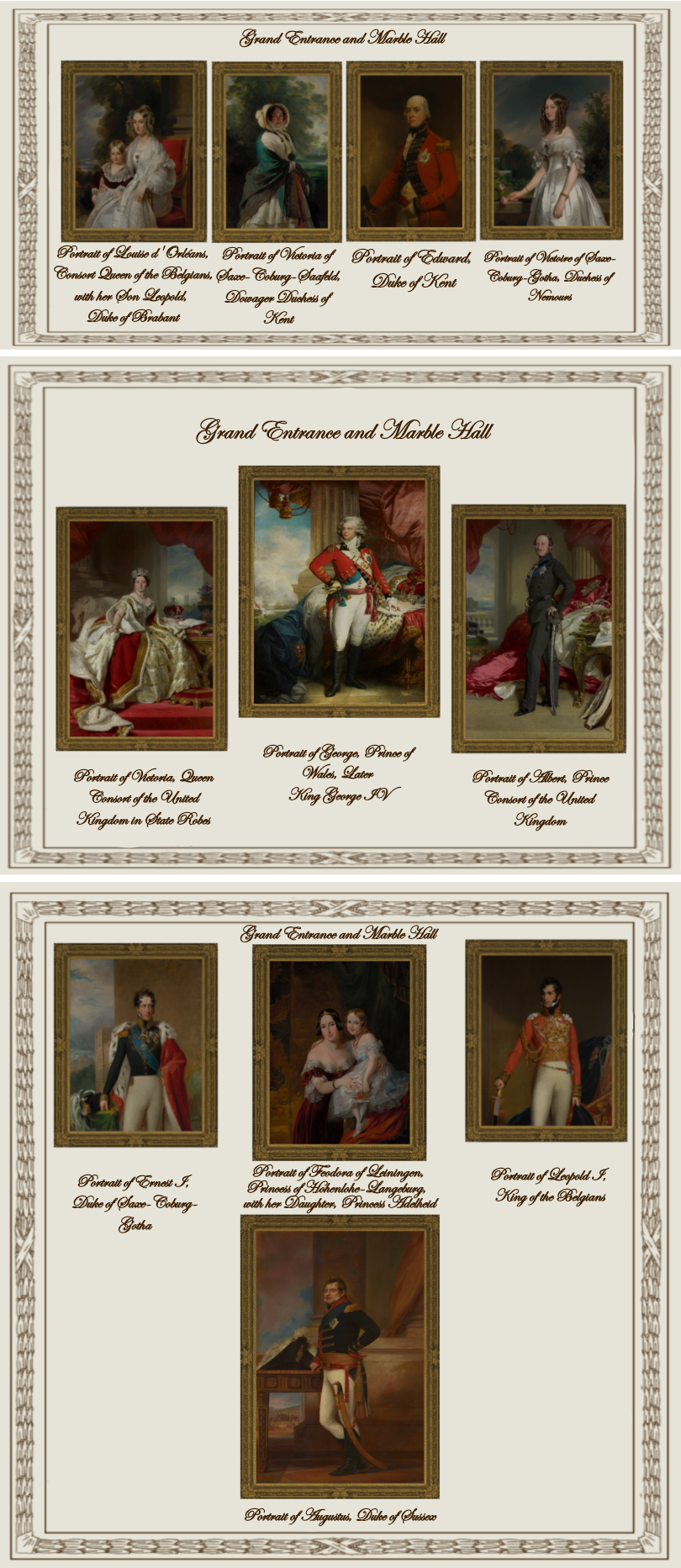

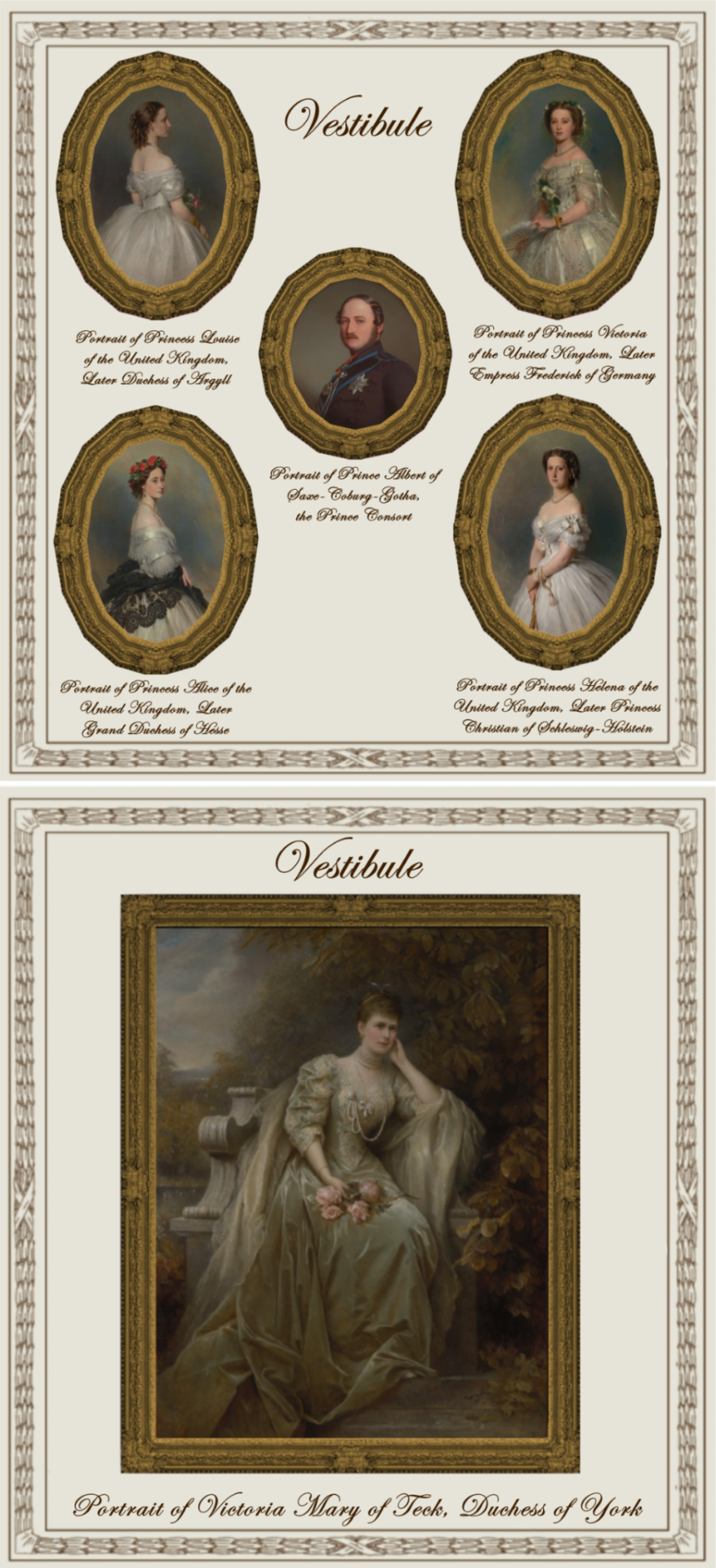
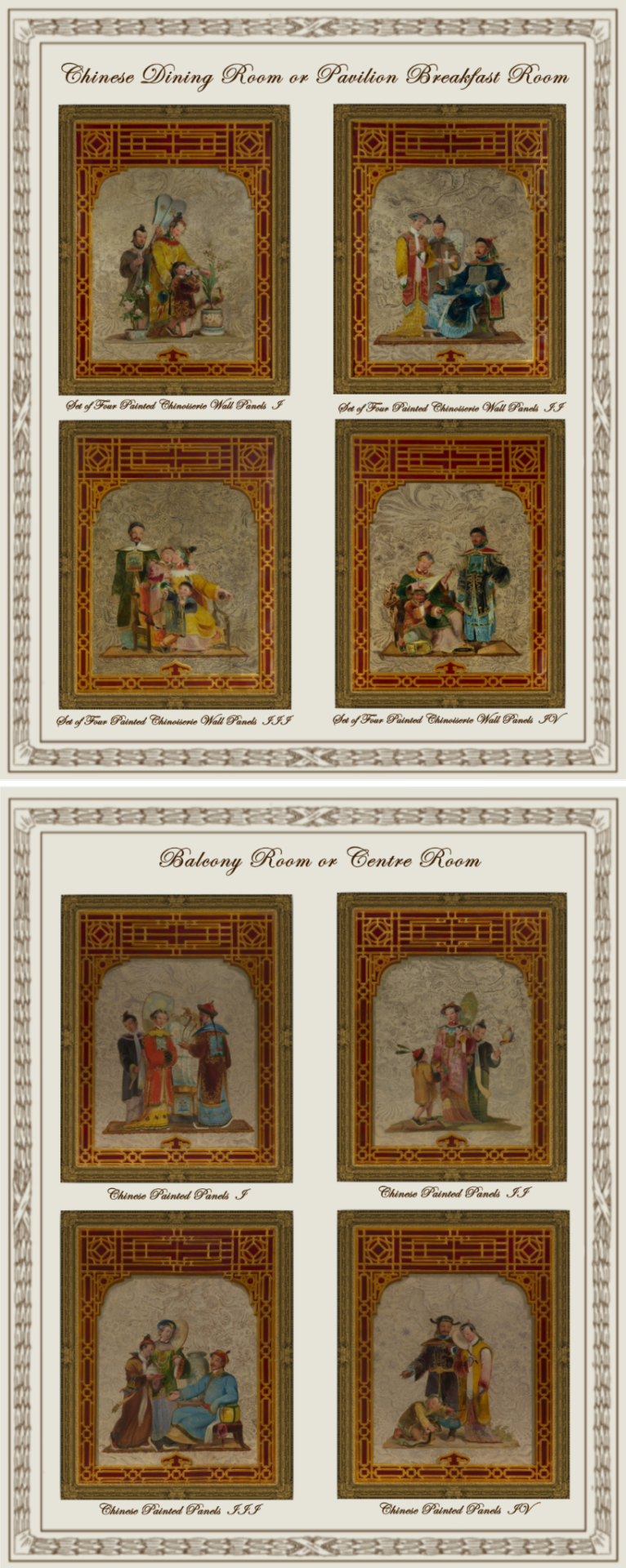

Paintings from Buckingham Palace: part II
A retexture by La Comtesse Zouboff — Original Mesh by @thejim07
Spread among 13 occupied and historic royal residences in the United Kingdom, the collection is owned by King Charles III and overseen by the Royal Collection Trust. The British monarch owns some of the collection in right of the Crown and some as a private individual. It is made up of over one million objects, including 7,000 paintings, over 150,000 works on paper, this including 30,000 watercolours and drawings, and about 450,000 photographs, as well as around 700,000 works of art, including tapestries, furniture, ceramics, textiles, carriages, weapons, armour, jewellery, clocks, musical instruments, tableware, plants, manuscripts, books, and sculptures.
Some of the buildings which house the collection, such as Hampton Court Palace, are open to the public and not lived in by the Royal Family, whilst others, such as Windsor Castle, Kensington Palace and the most remarkable of them, Buckingham Palace are both residences and open to the public.
About 3,000 objects are on loan to museums throughout the world, and many others are lent on a temporary basis to exhibitions.
-------------------------------------------------------
The second part includes paintings displayed in the Ball Supper Room, the Ballroom, the Ballroom Annexe, the Bow Room, the East Gallery, the Grand Entrance and Marble Hall, the Minister's Landing & Staircase, the Vestibule, the Chinese Dining Room and the Balcony Room.
This set contains 57 paintings and tapestries with the original frame swatches, fully recolourable. They are:
Ball Supper Room (BSR):
Portrait of King George III of the United Kingdom (Benjamin West)
Ballroom (BR):
The Story of Jason: The Battle of the Soldiers born of The Serpent's Teeth (the Gobelins)
The Story of Jason: Medea Departs for Athens after Setting Fire to Corinth (the Gobelins)
Ballroom Annexe (BAX):
The Apotheosis of Prince Octavius (Benjamin West)
Bow Room (BWR):
Portrait of Princess Mary Adelaide of Cambridge (William Corden the Younger)
Portrait of Princess Augusta of Cambridge, Grand Duchess of Mecklenburg-Strelitz (Alexander Melville)
Portrait or George, Duke of Cambridge (William Corden the Younger)
Portrait of Frederick William, Grand Duke of Mecklenburg-Strelitz (Franz Xaver Winterhalter)
Portrait of Augusta of Saxe-Weimar, Princess of Prussia, later Queen of Prussia and German Empress (Franz Xaver Winterhalter)
Portrait of Prince Leopold, Later Duke of Albany (Franz Xaver Winterhalter)
Portrait of Ernest, Prince of Hohenlohe-Langeburg (Franz Xaver Winterhalter)
Portrait of Ferdinand of Savoy, Duke of Genoa (Eliseo Sala)
Portrait of Marie Alexandrina of Saxe-Altenburg, Queen Consort of Hanover (Carl Ferdinand Sohn)
Portrait of Leopold, Duke of Brabant, Later Leopold II, King of the Belgians (Nicaise de Keyser)
Portrait of Marie Henriette, Archduchess of Austria and Duchess of Brabant, Later Queen of the Belgians (Nicaise de Keyser)
East Gallery (EG):
Portrait of Leopold I, King of the Belgians (Franz Xaver Winterhalter)
Portrait of Victoria, Queen of England in Coronation Robes (Sir George Hayter)
Portrait of Louis-Philippe d'Orléans, King of the French (Franz Xaver Winterhalter)
Portrait of Charlotte of Mecklenburg-Strelitz, Consort Queen of England with her Children at Windsor Castle (Benjamin West)
Portrait of Prince Adolphus, later Duke of Cambridge, With Princess Mary and Princess Sophia at Kew (Benjamin West)
The Coronation of Queen Victoria in Westminster Abbey, 28 June, 1838. (Sir George Hayter)
The Christening of Edward, Prince of Wales 25 January, 1842 (Sir George Hayter)
The Marriage of Queen Victoria, 10 February, 1840 (Sir George Hayter)
Portrait of the Royal Family in 1846 (Franz Xaver Winterhalter)
Portrait of Queen Victoria and Prince Albert as King Edward III and Queen Philippa of Hainault at the Ball Costumé of 12 May, 1842 (Sir Edwin Landseer)
Grand Entrance and Marble Hall (GEMH):
Portrait of Edward, Duke of Kent (John Hoppner)
Portrait of Ernest I, Duke of Saxe-Coburg-Gotha (George Dawe)
Portrait of Victoria of Saxe-Coburg-Saafeld, Dowager Duchess of Kent (Franz Xaver Winterhalter)
Portrait of Albert, Prince Consort of the United Kingdom (Franz Xaver Winterhalter)
Portrait of Victoria, Queen Consort of the United Kingdom in State Robes (Franz Xaver Winterhalter)
Portrait of Louise d'Orléans, Consort Queen of the Belgians, with her Son Leopold, Duke of Brabant (Franz Xaver Winterhalter)
Portrait of Feodora of Leiningen, Princess of Hohenlohe-Langeburg, with her Daughter, Princess Adelheid (Sir George Hayter)
Portrait of George, Prince of Wales, Later King George IV (Mather Byles Brown)
Portrait of Victoire of Saxe-Coburg-Gotha, Duchess of Nemours (Franz Xaver Winterhalter)
Portrait of Augustus, Duke of Sussex (Domenico Pellegrini)
Portrait of Leopold I, King of the Belgians (William Corden the Younger)
Minister's Landing and Staircase (MLS):
Portrait of George, Prince of Wales in Garther Robes (John Hoppner)
The Loves of the Gods: The Rape of Europa (the Gobelins)
The Loves of the Gods: The Rape of Proserpine (The Gobelins)
Vestibule (VL):
Portrait of Prince Albert of Saxe-Coburg-Gotha, the Prince Consort (Unknown Artist from the German School)
Portrait of Princess Alice of the United Kingdom, Later Grand Duchess of Hesse (Franz Xaver Winterhalter)
Portrait of Princess Helena of the United Kingdom, Later Princess Christian of Schleswig-Holstein (Franz Xaver Winterhalter)
Portrait of Princess Louise of the United Kingdom, Later Duchess of Argyll (Franz Xaver Winterhalter)
Portrait of Princess Victoria of the United Kingdom, Later Empress Frederick of Germany (Franz Xaver Winterhalter)
Portrait of Victoria Mary of Teck, Duchess of York (Edward Hughes)
Chinese Dining Room or Pavilion Breakfast Room(CDR):
Set of Four Painted Chinoiserie Wall panels I (Robert Jones)
Set of Four Painted Chinoiserie Wall panels II (Robert Jones)
Set of Four Painted Chinoiserie Wall panels III (Robert Jones)
Set of Four Painted Chinoiserie Wall panels IV (Robert Jones)
Balcony Room or Centre Room (BR):
Chinoiserie Painted Panel I (Robert Jones)
Chinoiserie Painted Panel II (Robert Jones)
Chinoiserie Painted Panel III (Robert Jones)
Chinoiserie Painted Panel IV (Robert Jones)
EXTRAS! (E):
I decided to add the rest of the tapestries from the story of Jason (wich hangs in the Grand Reception Room at Windsor Castle) and (with Jim's permission) added the original mesh for paintings number 2,3,4 & 5 from the Vestibule (seen here and here) wich was never published. These items are:
The Story of Jason: Jason Pledges his Faith to Medea (the Gobelins)
The Story of Jason: Jason Marries Glauce, Daughter of Creon, King of Thebes (the Gobelins)
The Story of Jason: The Capture of the Golden Fleece (the Gobelins)
The Story of Jason: The Poisoning of Glauce and Creon by Medea's Magic Robe (the Gobelins)
Sea Melodies (Herbert James Draper) (made by TheJim07)
-------------------------------------------------------
Found under decor > paintings for:
500§ (BWR: 1,2,3,4,5,6, & 8 |VL: 1)
570§ (VL: 2,3,4 & 5 |E: 5)
1850§ (GEMH: 1 & 3)
2090§ (GEMH: 2,6,7, 9 & 11)
3560§ (GEMH: 4,5 & 10 |BSR: 1 |EG: 1,2,3,4 & 5 |MLS: 1 |BAX: 1)
3900§ (CDR: 1,2,3 & 4 |BR: 1,2,3 & 4 |EG: 10 |VL: 6 |GEMH: 8)
4470§ (MLS: 2 |E: 1)
6520§ (BR 1 & 2| MLS: 3 |EG: 6,7,8 & 9 |BR: 1 & 2 |E: 2,3 & 4)
Retextured from:
"Saint Mary Magdalene" (BWR: 1,2,3,4,5,6, & 8 |VL: 1) found here.
"Sea Melodies" (VL: 2,3,4 & 5 |E: 5)
"The virgin of the Rosary" (GEMH: 1 & 3) found here.
"Length Portrait of Mrs.D" (GEMH: 4,5 & 10 |BSR: 1 |EG: 1,2,3,4 & 5 |MLS: 1 |BAX: 1) found here
"Portrait of Maria Theresa of Austria and her Son, le Grand Dauphin" (CDR: 1,2,3 & 4 |BR: 1,2,3 & 4 |EG: 10 |VL: 6 |GEMH: 8) found here
"Sacrifice to Jupiter" (MLS: 2 |E: 1) found here
"Vulcan's Forge" (BR 1 & 2| MLS: 3 |EG: 6,7,8 & 9 |BR: 1 & 2 |E: 2,3 & 4) found here
(you can just search for "Buckingham Palace" using the catalog search mod to find the entire set much easier!)
Disclaimer!
Some paintings in the previews look blurry but in the game they're very high definition, it's just because I had to add multiple preview pictures in one picture to be able to upload them all! Also sizes shown in previews are not accurate to the objects' actual sizes in most cases.

Drive
(Sims3pack | Package)
(Useful tags below)
@joojconverts @ts3history @ts3historicalccfinds @deniisu-sims @katsujiiccfinds @gifappels-stuff
-------------------------------------------------------
#the sims 3#ts3#sims 3#s3cc#sims 3 cc#sims 3 download#sims 3 decor#edwardian#victorian#regency#georgian#buckingham#buckingham palace#wall decor#sims 3 free cc#large pack#this was exhausting
69 notes
·
View notes
Text

Anna Elisabeth Auguste Alexandrine, Duchess of Mecklenburg-Schwerin was half sister to Grand Duchess Marie Pavlovna of Russia (Grand Duchess Vladimir), cousin to Victoria, Ella, Irene and Alix of Hesse, and aunt to princess Cecilie of Mecklenburg-Schwerin (future crown princess of Prussia). Anna died when she was 16.
"My grandfather’s second marriage was terminated by the early death of the Grand Duchess, formerly Princess Anna of Hessen-Darmstadt, when her first child, a daughter, was born. Her daughter too died at an early age, when she was only sixteen ; she was worshipped in our family almost like a young saint".
The memoirs of the Crown Princess Cecilie
"...there was one daughter, Anna, who married the Grand Duke of Mecklenburg-Schwerin as his second wife, and died in childbirth. They had only one little girl, Annchen, who died at 16. This was a very delicate and nervous child. We used to play with her when she paid her yearly visit to my grandparents but we were so much more robust than she and so wild that my grandmother used always to forbid us exciting her".
"Recollections: The Memoirs of Victoria Marchioness of Milford Haven".
21 notes
·
View notes
Text

✧.* ~ Three Generations of British Victorias ~ ✧.*
Queen Victoria of Great Britain and Ireland, 1819-1901
Victoria Princess Royal, Crown Princess of Prussia, Empress of Germany, 1840-1901
Princess Viktoria of Prussia, Princess of Schaumburg Lippe, 1866-1929
Princess Victoria of Wales, 1868-1935
Princess Victoria Melita of Edinburgh, Grand Duchess Viktoria Feodorovna of Russia, 1876-1936
Missing from photo:
Princess Victoria of Hesse and By Rhine, Marchioness of Milford Haven, 1863-1950
Princess Helena Victoria of Schleswig Holstein, 1870-1948
Princess Victoria Eugenie of Battenberg, Queen Consort of Spain, 1887-1969
✧.*
#british royal family#queen victoria#Victoria Princess Royal#crown Princess Victoria of Prussia#empress victoria of germany#prussian royal family#princess Viktoria of Prussia#princess Viktoria of Schaumburg lippe#Princess Victoria of wales#princess Victoria#princess Victoria Melita#grand duchess Viktoria feodorovna of Russia#princess victoria of hesse#marchioness of Milford haven#Victoria of Battenberg#Princess Victoria Eugenie#princess victoria eugenie of battenberg#queen victoria eugenie of spain#spanish royal family#hessian Royal family#princess Helena Victoria of Schleswig Holstein
28 notes
·
View notes
Text
The 8 children of Emperor Fredrick III of Germany and Victoria Princess Royal (edit)
Wilhelm, Charlotte, Henry, Sigismund, Viktoria, Waldemar, Sophia, Margaret
(made by me using iMovie)
#should I do more of these edits?#haha I have already started making more 🤫#🩷🩵🤍#my edit#edits#video edit#prussian royal family#emperor Fredrick iii#kaiser Fredrick iii#fredrick iii#germany#kaiser wilhelm ii of germany#kaiser wilhelm ii#Victoria princess royal#crown princess victoria of Prussia#empress Fredrick of Germany#empress victoria of germany#empress of germany#princess charlotte of prussia#duchess of saxe meiningen#prince Henry of prussia#prince heinrich of prussia#prince sigismund of prussia#princess viktoria of prussia#viktoria of Schaumburg lippe#prince Waldemar of Prussia#waldemar of prussia#princess Sophie of Prussia#queen Sophie of Greece#Princess Margaret of Prussia
27 notes
·
View notes
Text

Coronation of the King of Prussia, 18 October 1861: The Crown Princess Doing Homage
Artist: George Housman Thomas (British, 1824-68)
Date: Exhibited 1863
Medium: Oil on canvas
Collection: Royal Collection Trust, United Kingdom
Depicted People:
Empress Friedrich, German Empress and Queen of Prussia
Princess Marie of Prussia
William I, Emperor of Germany & King of Prussia
Empress Augusta of Germany
Frederick III, German Emperor
Description
The Coronation of the King and Queen of Prussia took place in the chapel of the Schloss at Königsberg, the first coronation in Prussia for 160 years. The Times newspaper described the occasion, noting how canopies had been placed on two columns facing the altar above the platforms on which the King and Queen stood. After the ceremony of the crowning they received homage. The Crown Prince approached his mother and the Crown Princess, Queen Victoria’s eldest daughter who had married the Crown Prince in 1858, knelt before the King – the moment depicted in this painting. The British Ambassador reported to Queen Victoria ‘the exquisite grace and the intense emotion with which Her Royal Highness gave effect to her feelings on the occasion’. The Crown Princess wrote to her mother describing the ceremony: ‘the Chapel is in itself lovely – with a gt deal of gold about it and all hung with red velvet and gold – the carpet, altar, thrones and canopies the same – the Knights of the black eagle with red velvet cloaks – the Queen’s 4 young ladies all alike in white & gold’. The artist experienced the usual difficulties of getting sittings for the portraits of those present at the Coronation and getting access to the royal robes and regalia, but before the ceremony he had made a finished drawing of the Chapel from a ‘nice little platform which had been erected for him’ according to his wife, who accompanied him to Germany. 2.5cm at the bottom edge is unpainted and inscribed with numbers, as if for a key to some of the figures. The painting was exhibited at the Royal Academy in 1863.
#painting#oil on canvas#coronation#chapel#king of prussia#queen of prussia#german history#german culture#german monarchy#women#man#balcony#canopy#platform#red and gold velvet#george housman thomas#british painter#british art#19th century painting#fine art#oil painting#european art#artwork
19 notes
·
View notes
Text

Queen Victoria, Crown Princess Victoria of Prussia, Princess Alice, and Prince Alfred mourning the death of their beloved husband & father. ❦
#queen victoria#Kaiserin Victoria#princess alice#prince alfred#history#royal#royalty#prussia#germany#united kingdom
20 notes
·
View notes
Text
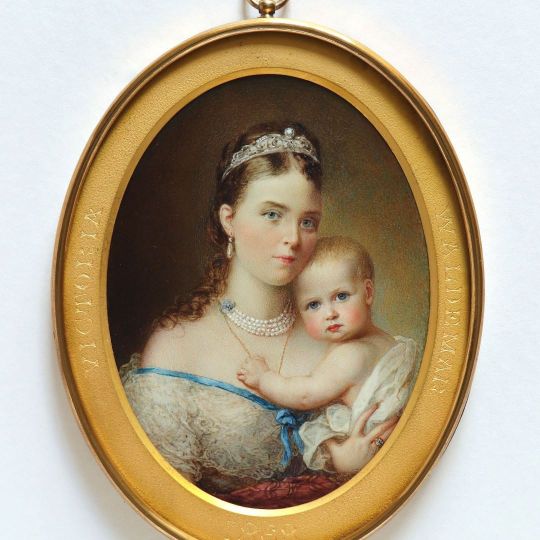
Crown Princess Victoria of Prussia with her son Waldemar
from Schloss Fasanerie IG
64 notes
·
View notes